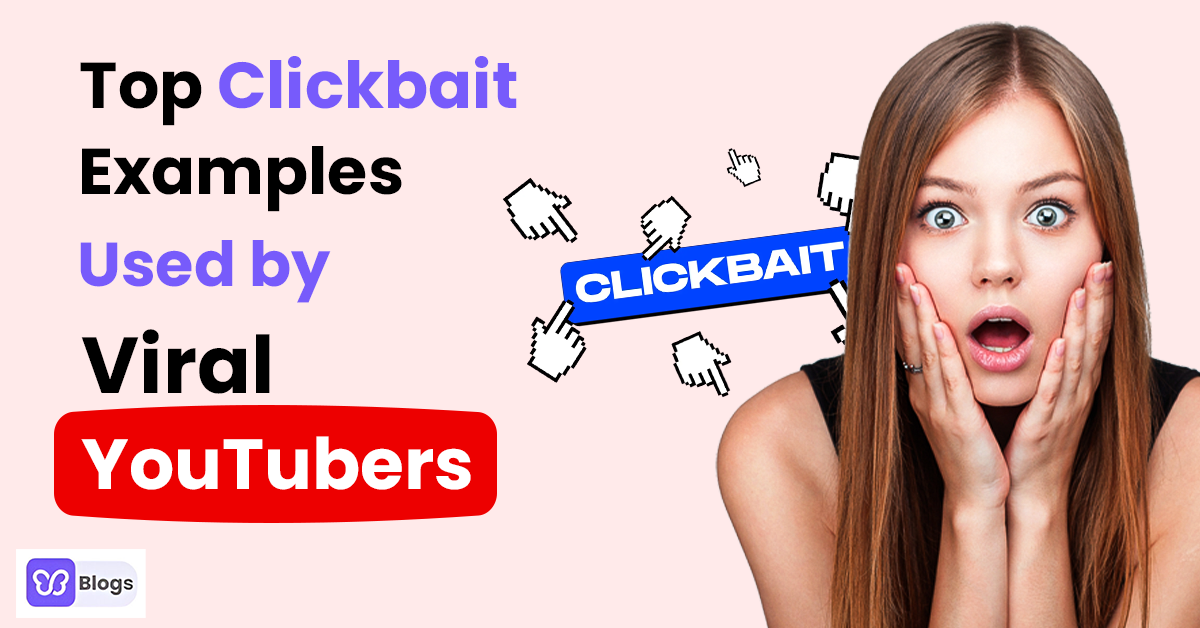Earned Media Value (EMV) is a crucial factor in a brand's marketing strategy due to its credibility, cost efficiency, audience reach, SEO benefits, social proof, measurement, and strategic insights. EMV comes from third-party sources like journalists, influencers, or satisfied customers, enhancing the brand's trustworthiness in consumers' eyes.
It also represents exposure and visibility that the brand didn't pay for directly through advertising, making it often more cost-effective than paid media. EMV can expand a brand's reach beyond its own channels, increasing brand awareness and attracting new customers.
Positive EMV coverage can also improve search engine optimization (SEO), signaling the brand's credibility and authority to search engines. EMV also contributes to social proof, demonstrating that others value and endorse the brand, which can positively influence purchasing decisions and brand perception, leading to increased conversions and customer loyalty.
EMV can also provide a tangible metric for marketing dollars by measuring the return on investment (ROI) from PR campaigns and influencer partnerships. By leveraging earned media effectively, brands can strengthen their market position and achieve long-term growth and success.
Earned Media Value (EMV) is a crucial factor in a brand's marketing strategy due to its credibility, cost efficiency, audience reach, SEO benefits, social proof, measurement, and strategic insights. EMV comes from third-party sources like journalists, influencers, or satisfied customers, enhancing the brand's trustworthiness in consumers' eyes.
It also represents exposure and visibility that the brand didn't pay for directly through advertising, making it often more cost-effective than paid media. EMV can expand a brand's reach beyond its own channels, increasing brand awareness and attracting new customers. Positive EMV coverage can also improve search engine optimization (SEO), signaling the brand's credibility and authority to search engines.
EMV also contributes to social proof, demonstrating that others value and endorse the brand, which can positively influence purchasing decisions and brand perception, leading to increased conversions and customer loyalty.
EMV can also provide a tangible metric for measuring the return on investment (ROI) from PR campaigns and influencer partnerships. By leveraging earned media effectively, brands can strengthen their market position and achieve long-term growth and success.
Choose influencers who align with your target demographic and brand values to increase Earned Media Value (EMV). Establish genuine relationships with influencers based on mutual trust and respect, engaging with their content regularly. Collaborate with influencers to co-create engaging content that aligns with your brand messaging.
Encourage user-generated content (UGC) from influencers to promote your brand organically among their followers. Maximize influencers' reach to amplify your brand's visibility and engagement. Measure the impact of influencer collaborations on EMV using tools and analytics to track metrics.
Consider building long-term partnerships with influencers who consistently deliver positive results in terms of EMV and brand engagement. Ensure influencer collaborations comply with relevant regulations and guidelines to build trust with both influencers and their followers.
By strategically leveraging an influencer marketing strategy, brands can effectively increase their Earned Media Value by leveraging the influence, credibility, and reach of influencers to amplify brand visibility and engagement across various platforms.






